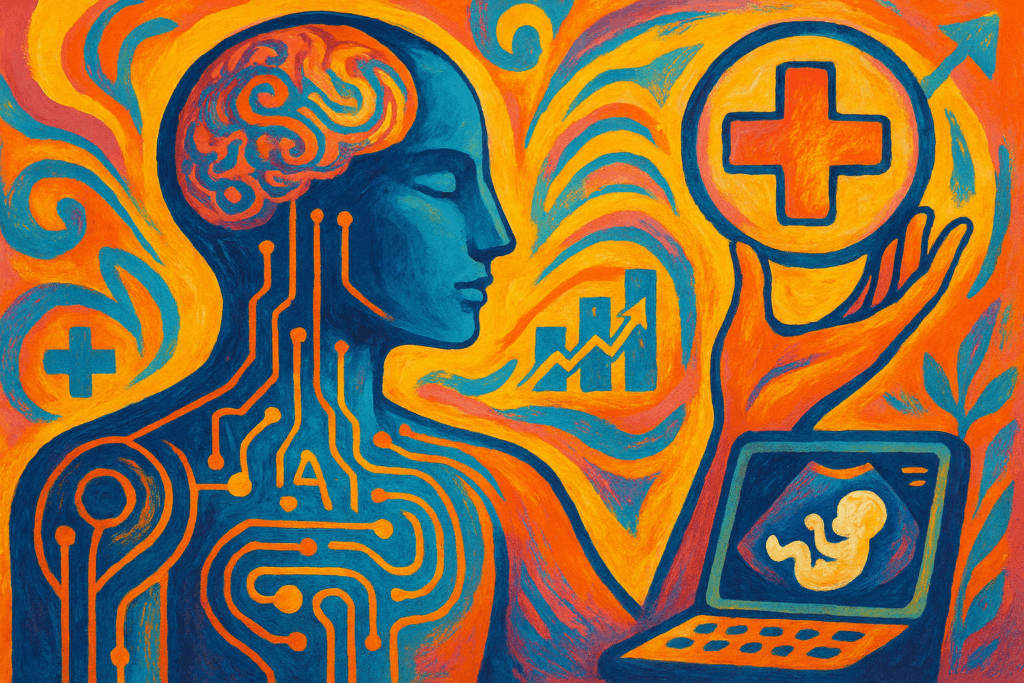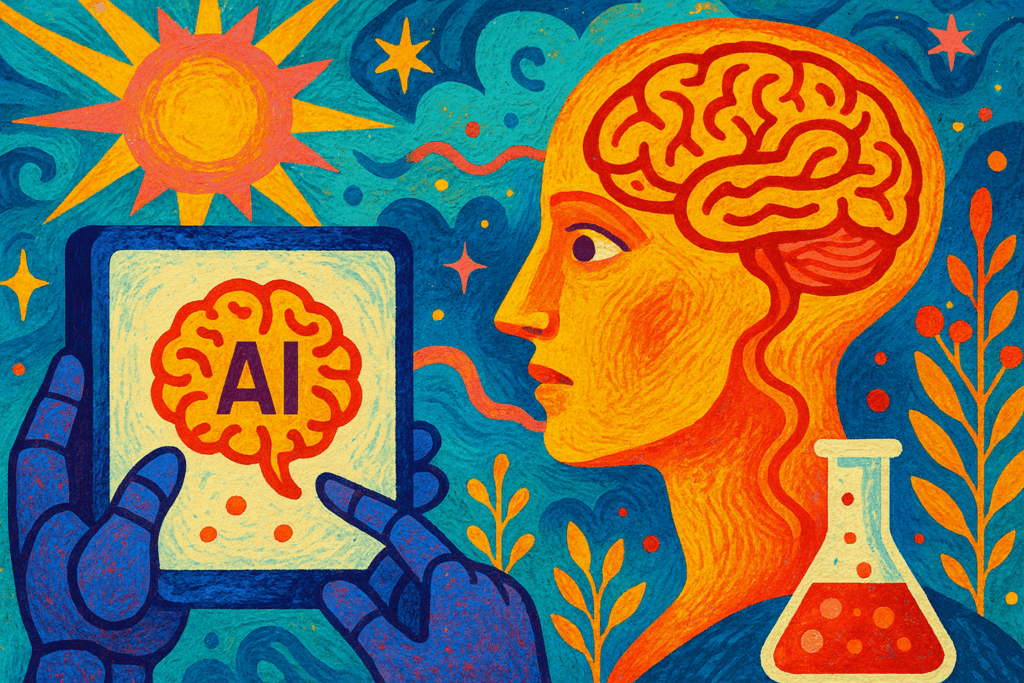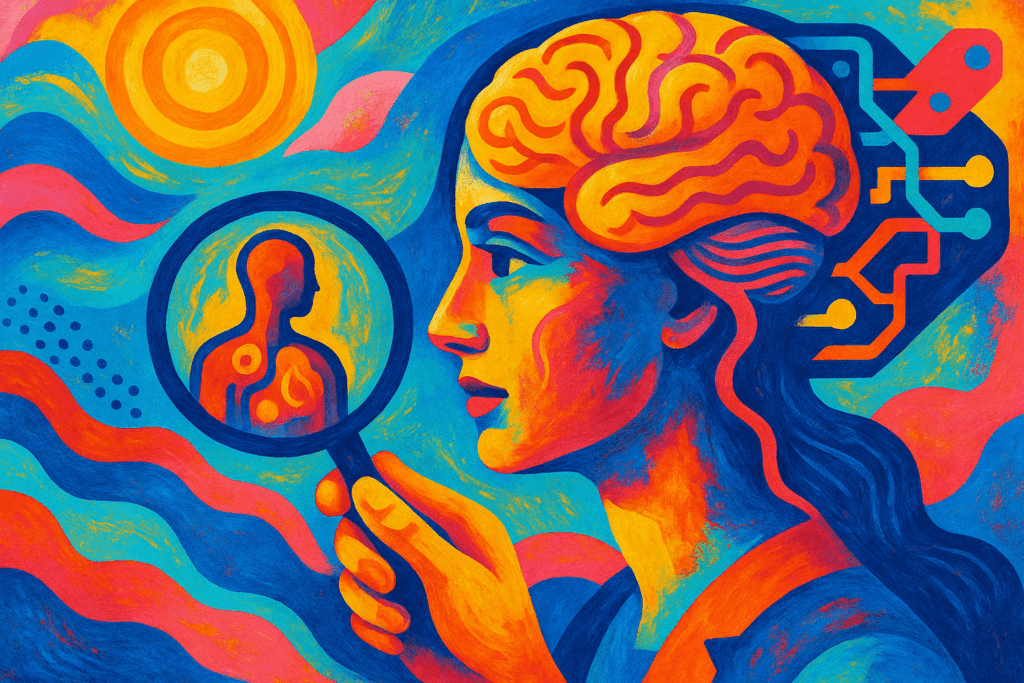AI’s Diagnostic Revolution: Speed and Precision
Redefining Disease Detection
Artificial intelligence is reshaping the diagnostic landscape by increasing the speed and precision of disease detection. In fields such as radiology and pathology, AI algorithms analyze complex medical images with greater accuracy than conventional methods. This capability leads to earlier identification of conditions including cancers, cardiovascular diseases, and neurological disorders. By automating routine analysis, AI reduces diagnostic delays and helps clinicians focus on critical decision-making processes, ultimately improving patient outcomes.
Core Applications and Market Momentum
From Imaging Analysis to Predictive Health
Key AI applications in diagnostics involve advanced image recognition, natural language processing, and predictive analytics. Beyond interpreting radiological scans, AI assists in detecting subtle biomarkers in pathology slides and predicting disease progression trends. Additionally, data-driven insights support personalized medicine by tailoring diagnostics and treatment plans to individual patient profiles. This innovation has attracted substantial investment, driving rapid market growth. Analysts forecast the AI healthcare diagnostics sector to expand significantly in the coming years as adoption increases among hospitals and diagnostic labs worldwide.
Overcoming Hurdles and Shaping the Future
Addressing Data, Ethics, and Integration
Despite promising advances, several challenges remain before AI diagnostic tools achieve widespread clinical integration. Data quality and consistency are critical as AI systems require extensive and diverse datasets to perform reliably. Regulatory pathways must evolve to address the validation and approval of AI-based diagnostics, balancing innovation with patient safety. Ethical considerations related to transparency and bias also warrant attention. Looking ahead, collaboration among developers, healthcare providers, and regulators will be essential to unlock AI’s full potential in diagnostics, positioning it as a standard component in future healthcare delivery.




